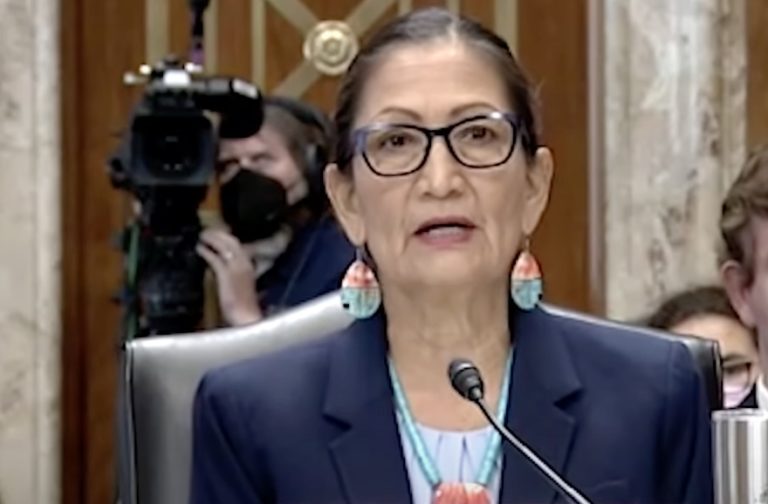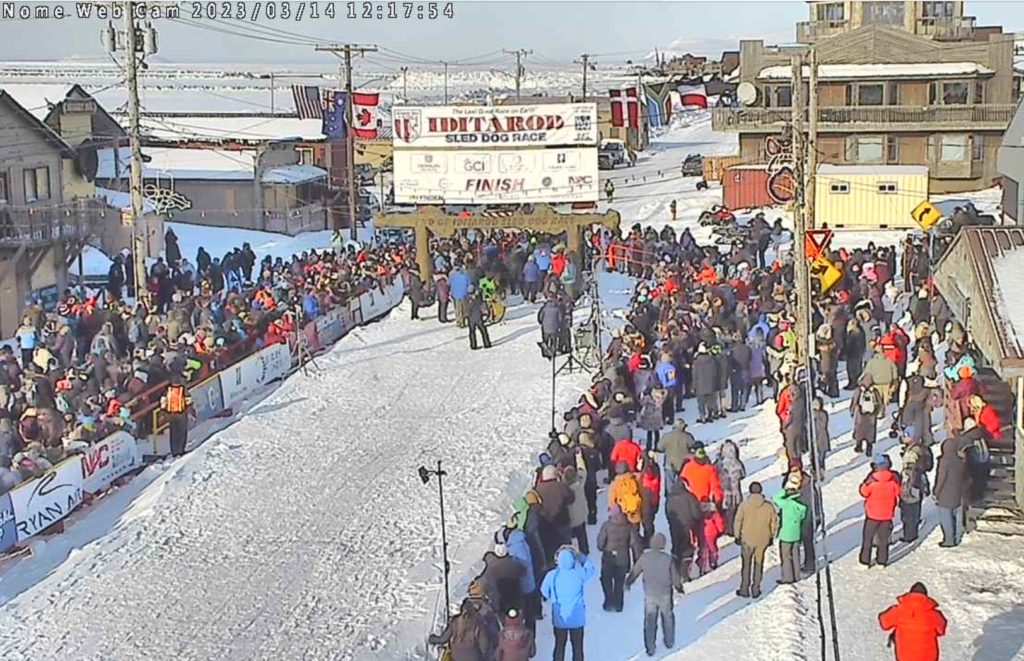A group of environment organizations have filed the first lawsuit against the Department of Interior over the Record of Decision that will allow ConocoPhillips to proceed with three of its five proposed drilling pads in the National Petroleum Reserve Alaska.
The Biden decision to allow the project to move ahead in a scaled-down fashion was leaked on Friday, and the leak was strongly denied by the White House on Friday, but then the Administration leaked more information to friendly media on Sunday, and announced the decision officially on Monday, giving environmental litigators the time over the weekend to put the finishing touch on their lawsuit.
These groups claim that the approval of the drilling project violates the law, even though the Biden Administration has cancelled two-fifths of the proposal.
“Willow would result in the construction and operation of extensive oil and gas and other infrastructure in sensitive arctic habitats and will significantly impact the region’s wildlife, air, water, lands, and people,” the lawsuit said from the public interest non-profit law firm Trustees for Alaska, which filed the suit in Anchorage on behalf of Sovereign Iñupiat for a Living Arctic, Alaska Wilderness League, Northern Alaska Environmental Center, Environment America, Sierra Club and The Wilderness Society.
The eco-groups charge the Interior Department, multiple agencies, and agency officials with “violating an array of laws when authorizing ConocoPhillips’ Willow oil and gas project in the National Petroleum Reserve-Alaska. No single oil and gas project has more potential to set back the Biden administration’s climate and public lands protection goals than Willow — the largest new oil and gas project proposed on federal lands.”
Earthjustice is filing an additional lawsuit shortly, Trustees for Alaska said.
“The Biden administration approved Willow on March 10, despite acknowledging and failing to mitigate known harms to Arctic communities, public health, wildlife, and climate. The people of Nuiqsut, the community located just a few miles away, would endure increased air pollution, repeated blasting for gravel mining, and continued rapid industrialization that would lead to significant physical and mental health harms,” the group said in a statement.
“Once again, we find ourselves going to court to protect our lives, our communities, and our future,” said Siqiñiq Maupin, executive director of Sovereign Inupiat for a Living Arctic, in the statement released by Trustees for Alaska. “The Biden administration’s approval of the ConocoPhillips Willow project makes no sense for the health of the Arctic or the planet and comes after numerous calls by local communities for tribal consultation and real recognition of the impacts to land, water, animals, and people. ConocoPhillips has made record profits year after year and hopes to continue to do so at the cost of our communities and future generations The true cost of Willow is rising health issues like respiratory illnesses and rare cancer clusters all over the Arctic. The true cost of Willow is a climate crisis that displaces Arctic people and reduces access to foods like caribou and fish. The true cost of Willow is a future where we lose our traditional practices and diet because of the pollution and destruction to land, water, and climate caused by the fossil fuel industry’s unending greed. We will continue to fight this project and protect Teshekpuk Lake, and do so every step of the way.”










